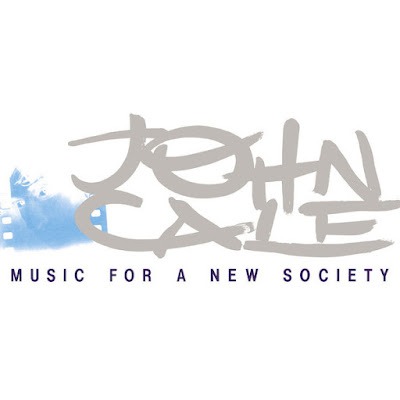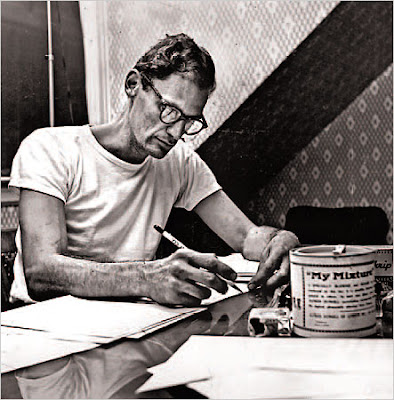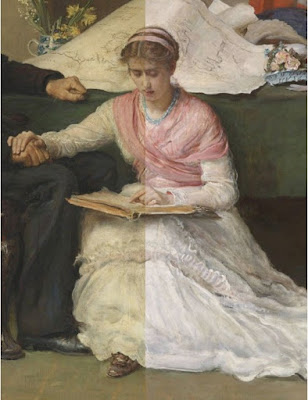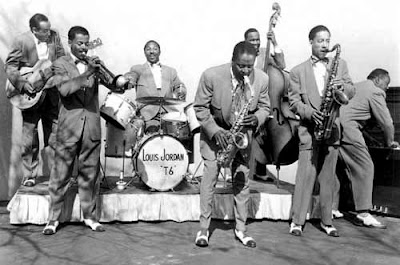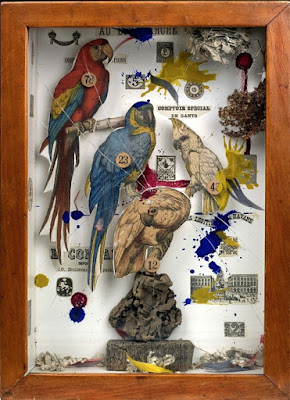
Wikipedia - "
Live at the Apollo is a
live album by
James Brown and
the Famous Flames, recorded at the
Apollo Theater in
Harlem and released in 1963. ...
Live at the Apollo was recorded on the night of October 24, 1962 at Brown's own expense. Although not credited on the album cover or label, Brown's vocal group,
The Famous Flames (
Bobby Byrd,
Bobby Bennett, and
Lloyd Stallworth), played an important co-starring role in
Live at the Apollo, and are included with Brown by M.C. Fats Gonder in the album's intro. ..."
W - Live at the Apollo (1962)
YouTube: Night Train lIve,
James Brown Live At The Apollo 1962 FULL

Wikipedia - "Gilberto Miguel Calderón, better known as Joe Cuba (April 22, 1931 – February 15, 2009), was an American
conga drummer of
Puerto Rican descent widely regarded as the 'Father of
Latin boogaloo'. Cuba was born in
New York City, Cuba's parents moved from
Puerto Rico to New York City in the late 1920s and settled in
Spanish Harlem, a
Latino community located in
Manhattan. Cuba was raised in an apartment building where his father had become the owner of a
candy store located on the ground floor (street level floor). This event motivated Cuba to organize his own band. In 1954, his agent recommended that he change the band's name from the José Calderón Sextet to the Joe Cuba Sextet and the newly named Joe Cuba Sextet made their debut at the Stardust Ballroom. ..."
W - Joe Cuba
allmusic
YouTube: Bang! Bang!,
Joe Cuba Sextet - Wanted Dead or Alive (1966)
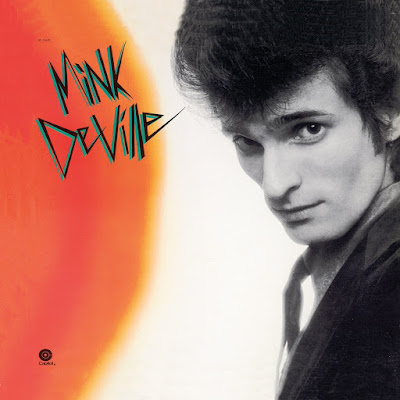
Wikipedia - "
Cabretta, known as
Mink DeVille in the United States, was the 1977 debut album by
Mink DeVille. ...
Trouser Press described the Mink DeVille of this era as follows: 'On a good night in the New York underground around 1976 or 1977, the band led by Willy DeVille...could be the coolest cats on the scene. Willy dressed like a pimp and played a guitar covered in leopard skin; swagger and soulful strut was a brisk rejoinder to the sloppy
punk and wimpy
power pop bands they preceded and followed on stages. After the band was discovered, producer
Jack Nitzsche got them on the lean, tough
R&B beam for a first LP that sweats and smokes through and through as a classic of such fully and lovingly assimilated music should.' ..."
W - Cabretta - Mink DeVille (1977)
Spotify
YouTube: Spanish Stroll,
Mink DeVille - Cabretta (FULL ALBUM)

